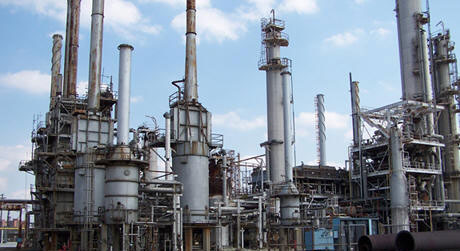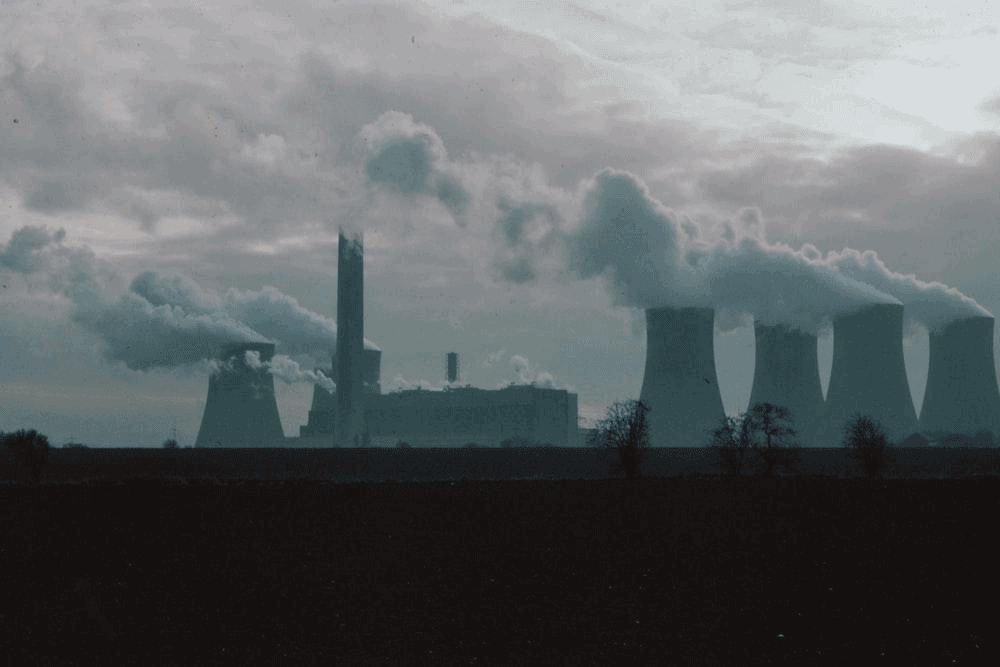Industrial facilities usually require the usage of a lot of fluids and different equipment; hence they need to be cooled from time to time. Most of the time, it is the water that plays a huge role in the process of cooling. Cooling water, when entirely used, absorbs heat and loses its efficiency and effectiveness in cooling; water constantly has to be kept cool at all times.
Discarding hot water in ponds or basins can cause major harm to the environment. It can cost a lot to dispose of the discharged water, so rather than that, the industries cool the hot water and reuse it. And the equipment that makes the cooling process possible is called the cooling tower, although there are different subtypes like natural draft cooling tower, mechanical cooling tower, crossflow cooling tower, counter flow cooling tower, and more. Cooling towers are basically part of the cooling water system in a commercial or industrial facility.
The heat from a process fluid is transferred to the cooling water in the heat exchanger system. Water then flows from the heat exchanger to the top of the cooling tower after it is done absorbing heat from the process fluid. After that, the water falls through the tower, exposed to air, eventually cooling the water. The process is such wherein cool water gets collected at the bottom of the tower, which then backtracks through the system for reuse. The cooling tower’s primary job is to cool the water by laying it bare and open in the air; this also causes some of the water to evaporate. As the water turns to vapour, it removes the heat contained in it, which eventually gives you cooled water.
The method of convection and conduction plays a significant role when it comes to the process in which the cooling tower operates.
Natural Draft Cooling Towers
The natural draft cooling tower is often used in power plants. As the name suggests, it is that type of cooling tower that operates naturally; its stack effect is responsible for producing the required air stream volume for cooling. It, being natural, allows it to have a bit of economic advantage where energy requirement is very low, and eventually, the operating costs are minimal as well.
The substantial distance between the air inlet and outlet prevents any recirculation of warm air as that leads to an inept operation. This equipment proves to be absolutely reliable whenever any infrequent maintenance needs arise.

Direct and Open contact system
Hot water from the system cools down through direct contact with fresh air since it operates using a heat exchanger. Often, hot water is sprayed from nozzles, which increases the heat transfer surface area within the tower, leading to an increase in both humidity and temperature of the air inside the tower. In a natural draft cooling tower, the fresh air supply is mainly at the bottom, which is advantageous when density differs between the hot air at the top and the atmospheric air outside the cooling tower.
Principle of natural draft cooling tower
The cooling tower’s actual structure works like a chimney, which is the same effect responsible for obtaining airflow in the natural draft cooling towers. In the process, the warm and moist air rises out of the cooling tower and goes out into the atmosphere to draw in the denser fresh air; this creates the perfect airflow within the cooling tower. Now the sufficient air flow that is to occur is usually deduced by a specific mathematical formula, which calculates the height of the cooling tower to ensure it is large enough to match the density difference. There is also some amount of water that flows in these cooling towers.
However, many components usually fall the same for most types of cooling towers. For instance, cooling towers are divided into cells, with each cell containing all the components of a single tower, apart from sharing the common catch basin. Each of these cells can be taken separately in and out of service to control the cooling better. Another common factor is the makeup lines and blowdown; as the water in the tower evaporates, the concentration of the impurities increase, which ends up causing many problems to the system, so to control that, water is regularly discharged from the catch basin through the blowdown line and replaced with the clean water through the makeup line.
Experts at tower tech are readily available to help you with any cooling tower-related issues, reach out in case of repairing needs, and more.


